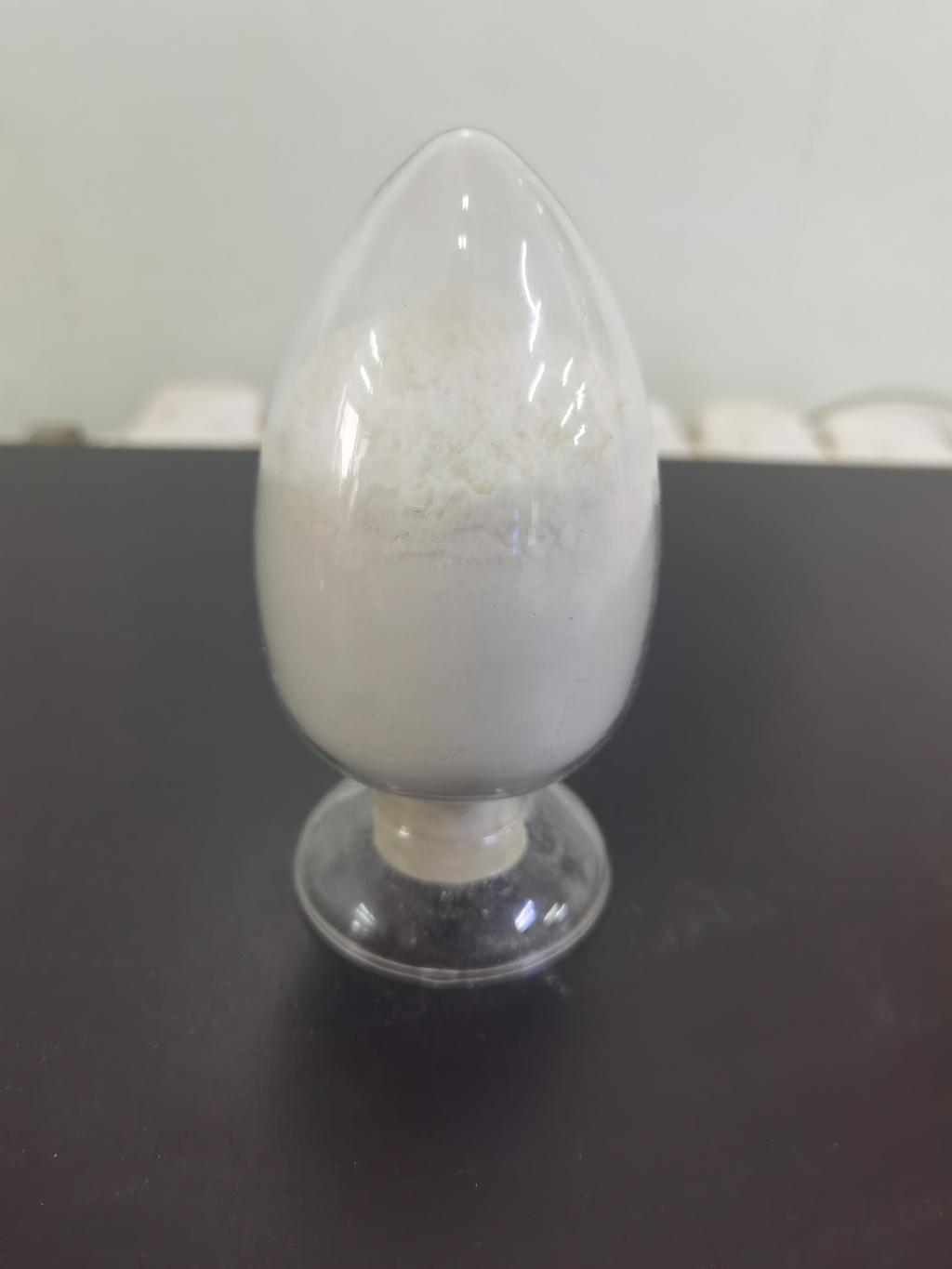Tel:+8618231198596

News
 CONTACT
CONTACT
 CONTACT
CONTACT
- Linkman:Linda Yao
- Tel: +8618231198596
- Email:linda.yao@dcpharma.cn
- Linkman:CHARLES.WANG
- Department:Overseas
- Tel: 0086 0311-85537378 0086 0311-85539701
News
Current Position:
Home >
News
>ε-Polylysine Hydrochloride: Navigating the Landscape of Global Food Regulations.
ε-Polylysine Hydrochloride: Navigating the Landscape of Global Food Regulations.
TIME:2023-10-24
Introduction:
As the food industry increasingly embraces natural ingredients to meet consumer demands for cleaner and healthier products, ε-polylysine hydrochloride has emerged as a promising candidate. This naturally occurring antimicrobial, with its unique properties, shows great potential for various food applications. However, navigating the global regulatory landscape is essential to harness its benefits effectively.
This article delves into the intricate world of global food regulations concerning ε-polylysine hydrochloride, highlighting its current approval status, permissible usage levels, labeling requirements, and the challenges and opportunities associated with harmonizing regulatory standards for this innovative ingredient.
Properties and Mechanism of ε-Polylysine Hydrochloride:
Before delving into global regulations, it's vital to understand the properties and mechanisms that make ε-polylysine hydrochloride a compelling food ingredient:
Natural Origin: ε-Polylysine hydrochloride is derived from bacterial fermentation, aligning with the growing consumer preference for natural and clean-label products.
Antimicrobial Activity: This ingredient possesses strong antimicrobial properties, effectively inhibiting the growth of various spoilage microorganisms and pathogens in food products.
Protein-Based: As a protein, ε-polylysine hydrochloride can interact with different food components, making it adaptable to diverse food matrices and a valuable ingredient for various applications.
Mechanism of Action: ε-Polylysine works by disrupting bacterial cell membranes, causing cell death. Its unique mechanism of action provides a critical tool for protecting food products from contamination and spoilage.
Global Approval Status:
ε-Polylysine hydrochloride's approval status varies across different regions and countries. Understanding these approvals is vital for food manufacturers, importers, and exporters. Here's an overview of the current status in some key regions:
United States: The U.S. Food and Drug Administration (FDA) has recognized ε-polylysine as a Generally Recognized as Safe (GRAS) substance, allowing its use in food products.
Europe: In Europe, ε-polylysine is regulated under the European Food Safety Authority (EFSA) and has been assigned an "E" number (E-polylysine) for use as a food additive.
Japan: ε-Polylysine hydrochloride is approved for use in food products in Japan, with specific permitted levels.
China: ε-Polylysine is approved for use in China, adhering to specified levels and usage requirements.
Other Regions: In some regions, ε-polylysine is not officially recognized, making regulatory approval a challenge.
Permissible Usage Levels:
Permissible usage levels of ε-polylysine hydrochloride can vary widely based on regional regulations and specific food product categories. To ensure compliance, it's essential to consult the regulatory authorities in each region and adhere to their guidelines.
In the United States, for example, ε-polylysine is permitted as a direct food ingredient in specific categories, such as meat and poultry products, at levels up to 240 parts per million (ppm). In Europe, it is regulated under specific maximum usage levels according to food categories, such as sauces, dressings, and processed fruits and vegetables.
Labeling Requirements:
Labeling is a critical aspect of regulatory compliance and consumer transparency. Food manufacturers using ε-polylysine hydrochloride must adhere to specific labeling requirements, which may include:
Ingredient Declaration: ε-Polylysine should be listed in the ingredient declaration on the product label.
Declaration of Function: Depending on the region, manufacturers may be required to declare the function of ε-polylysine on the label, such as a preservative or antimicrobial agent.
E-Number: In Europe, products containing ε-polylysine are assigned an "E" number (E-polylysine), which must be displayed on the label.
Challenges and Opportunities in Harmonizing Regulations:
While progress has been made in recognizing ε-polylysine hydrochloride as a safe food ingredient in various regions, challenges and opportunities exist in harmonizing regulatory standards:
Global Alignment: The food industry can benefit from a more harmonized approach to ε-polylysine's regulatory status. Consistent regulations would facilitate international trade and help food manufacturers develop standardized formulations.
Usage Levels: Different regions may have varying acceptable usage levels. Harmonization could establish universal standards that ensure food safety while promoting global consistency.
Transparency: As consumers increasingly seek transparency in food labeling, harmonized regulations can enhance the clarity and consistency of product labels, promoting consumer trust.
Research and Collaboration: Collaboration among regulatory bodies, food manufacturers, and researchers can help address regulatory disparities and promote the safe and responsible use of ε-polylysine hydrochloride in the food industry.
Conclusion:
ε-Polylysine hydrochloride's potential as a natural food ingredient is clear, given its natural origin, antimicrobial properties, and unique mechanism of action. However, navigating the complex regulatory landscape is crucial for its effective use.
Global approval status, permissible usage levels, and labeling requirements vary by region, presenting both challenges and opportunities. Harmonizing regulations and promoting international collaboration can facilitate the responsible and transparent use of ε-polylysine in the food industry.
As the food industry evolves to meet consumer demands for cleaner and healthier products, ε-polylysine hydrochloride stands as a promising ingredient that can contribute to the development of safer, more transparent, and more globally consistent food products.
- Tel:+8618231198596
- Whatsapp:18231198596
- Chat With Skype







